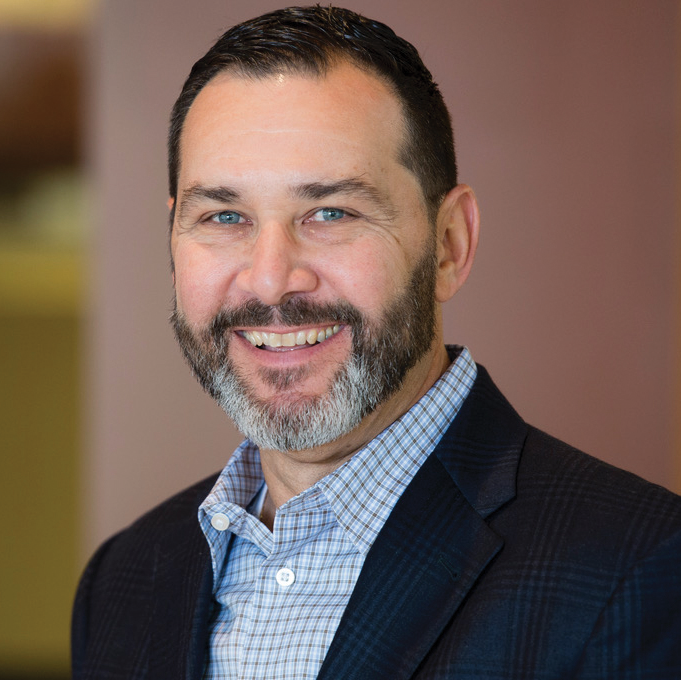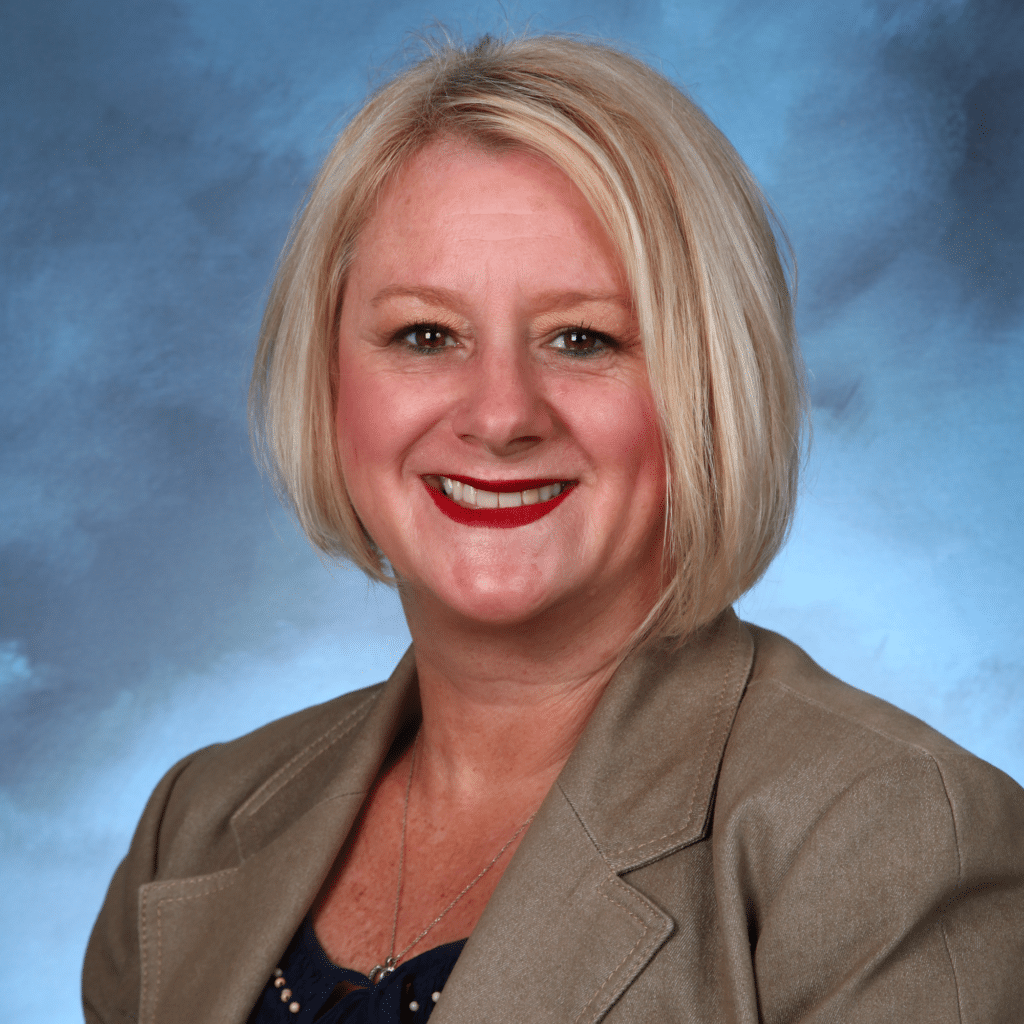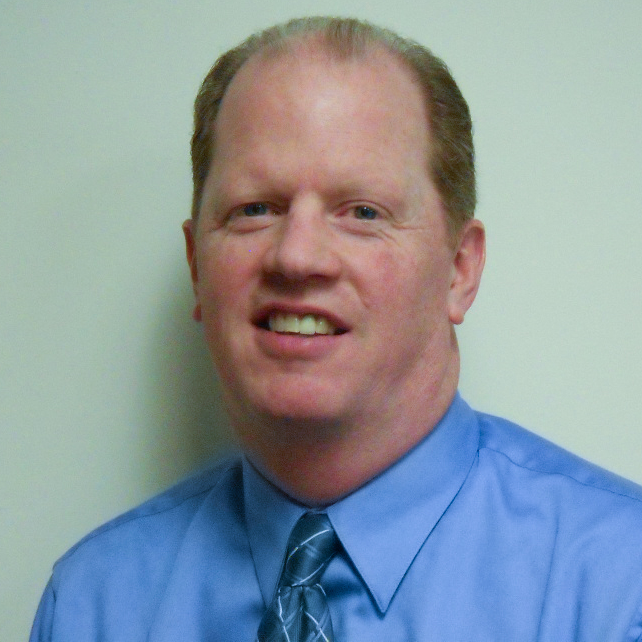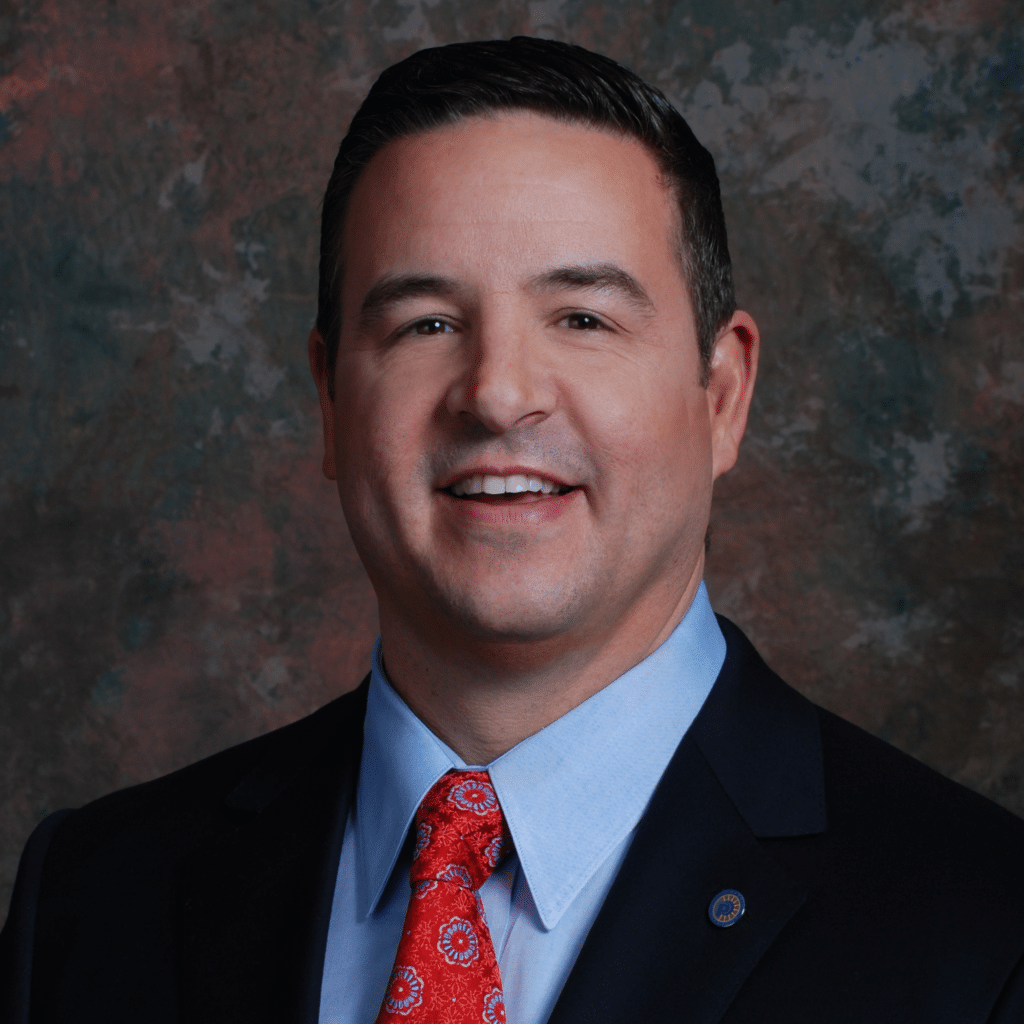Industry experts offer perspective on what’s happening in cities today and what’s on the horizon for the future.
IPMI’s virtual Mobility & Innovation Summit, held at the end of June 2021, was intended to bring together practitioners and innovators in the parking and mobility space to discuss the latest trends and developments. In practice, the Summit offered so much more. In addition to presentations on mobility hubs, the latest trends in curb management, innovations in payment technologies, and a deep dive into planning for electric vehicles, attendees were treated to first-hand accounts of a handful of the parking and mobility solutions implemented by some of the most innovative municipalities across the country, as well as what these cities are working on now.

The Mobility & Innovation Summit session “Closing the Gap: Innovation in the Mobility Space Meets Policy & Regulatory Frameworks,” featured a panel discussion with members of IPMI’s Mobility Task Force, moderated by Roamy Valera, CAPP. The session offered insights and program-specific information on mobility in cities and towns.
The Panelists
In addition to their roles as participants on IPMI’s Mobility Task Force, the panelists for this session offered a wealth of expertise and experience on their current leadership roles and programs:
- Diana Alarcon, CAPP, is the former director of the Department of Transportation & Multimodal Infrastructure for the City of Tucson, currently director of the Nashville Department of Transportation & Multimodal Infrastructure.
- Mike Estey is manager of curbside management for the City of Seattle Department of Transportation’s Transit and Mobility Division.
- Art Noriega is the city manager of Miami, Florida.
Each Task Force member must tackle the day-to-day challenges that come with parking and mobility management, while also keeping an eye on the horizon for new challenges, opportunities, and solutions related to parking and mobility in their cities. Operating in these municipal settings also means that their daily work lives are entangled with policy and regulatory considerations, which influence and enable the implementation of most parking and mobility solutions. Effective public policy and regulations can lead to timely and successful implementation of parking and mobility solutions, while ineffective or nonexistent policy and regulations can do the opposite.
What Are You Working On?
To start off the conversation, each of the panelists was asked what they have been working on in their city on the parking and mobility fronts and how policy and regulation plays a role. Below is a summary of the responses from each panelist, summarized for clarity and brevity:
DIANA ALARCON, CAPP, formerly City of Tucson (currently City of Nashville)

The 3.8-mile streetcar (the Sun Link Streetcar) linking the University of Arizona, Main Gate Square, Fourth Avenue, Downtown, and Mercado San Agustín (completed in 2014) was wildly successful, spurring more than $3 billion in development along the line, but created many challenges and demands on the curb.
Some of the issues the city has been managing include: TNC pick-up/drop off; e-scooters; TuGo bikeshare; outdoor restaurant seating; parklets and streeteries; restaurant food delivery; electric vehicle (EV) charging; metered parking; food trucks; new development projects; autonomous delivery; and traditional loading zones.
State policy mandates that curb space be allocated for food trucks in certain areas of the city, and also requires that TNCs be provided access to the curb. The city approved temporary outdoor dining and parklets/streeteries during the pandemic that it is now trying to make permanent; this requires zoning code changes.
Part of the city’s mission is to lessen its impact on the environment and help mitigate climate change, leading
to additional demands on the curb. The City is establishing new standards to add green space and shade trees along streets, impacting the space available for other curb uses. Similarly, the city is working to expand the availability of EV chargers at on-street parking spaces.
The City is also reevaluating the legacy system for allocating curb space to on-street parking, and the curb space will be reallocated to accommodate all identified users and uses. A curb management study that began shortly before the pandemic, was restarted last year, and the City is examining policies around micro-mobility and mobility hubs.
MIKE ESTEY, City of Seattle

The City is currently grappling with how to make permanent some of the initiatives established during the pandemic. Decisions will be made based on which programs should be permanent, and which should be retired—and when. Expanded outdoor dining has already been identified as one initiative that will become permanent.
The City implemented demand-responsive on-street parking several years prior to the pandemic, and made adjustments to operations in response to the pandemic. During this time, regular rate evaluations and adjustments were suspended, and on-street rates were reset to the lowest rate tier in 2021 city-wide, allowing transaction volumes to return more quickly. This pricing mechanism was written into the city’s code, allowing for adjustments to be made quickly and without approval of city council or other political body.
The disruption of the pandemic allowed for or sped up the exploration of several new curb management initiatives:
- On-street event pricing.
- Code requirements that may be changed to account for “critical building access needs” in corridor and multi-modal projects for things such as people/goods loading; solid waste removal, and alignment withprinciples of Complete Streets.
- Establishment of micro hubs that would house pickup lockers for packages, ghost kitchens, and e-bike cargo delivery.
Especially with the micro-hub initiative, there is a reliance on participation from private partners and academic institutions to help fund projects. Projects funded collaboratively are viewed to have a higher rate of success.
ART NORIEGA, City of Miami

In Miami, a complete review and update to the City’s zoning code is well underway. This significant effort is aimed at modernizing the code—particularly in reference to parking and other issues—and removing redundancies and inefficiencies. Miami continues to explore options for curb planning, management, and use by TNCs, especially with certain areas of the city with more narrow rights-of-way. The code update is also taking into account other modes of transportation and technology, including:
- Code requirements for electric vehicles.
- Alternative modes of transportation to reduce parking requirements.
- Incentives for transit-oriented developments.
Demand for outdoor dining exploded during the pandemic—more than 100 new outdoor dining permits were requested, significantly impacting curb and right-of-way use. The City is in the process of evaluating which will become permanent and how to handle future requests. The City is also exploring the possibility of permanent street closures/conversions to pedestrian malls and outdoor dining areas. Like Seattle, Miami is exploring the use of e-bikes for shorter distance cargo deliveries, and a pilot program is currently underway in the city.
Miami is exploring the opportunity to plan ahead for a tunnel system under the city for use by autonomous vehicles, with the understanding that the costs may be prohibitive for this kind of infrastructure.
Questions
After sharing their unique perspectives on the challenges faced by municipalities when it comes to policy and regulation related to parking and mobility, the panelists took a few questions from the Summit attendees. Here is a summary of those questions and responses from each panelist:
How does the city of Seattle communicate rate changes to parkers, given that these changes occur so frequently?
Mike Estey: In addition to displaying the current rate on each pay station, the division has a dedicated (but small) marketing budget used to maintain its website, social media, blog posts, etc. to update the public about changes to meter rates. The citizens of Seattle and those coming to the city from surrounding areas have also become accustomed to the variability of on-street parking pricing.
How has Miami overcome (or not) the political challenges of the need to have flexibility in the code related to curb management?
Art Noriega: The independence of the Miami Parking Authority has helped make the implementation of some initiatives easier, as has the great relationship between the city and the Authority. Tailoring solutions on a district-by-district basis has also helped, by allowing for local control over some initiatives. Once example is new code requirements for EV charging that are different based on the district within the city.
What role should IPMI/the industry play in the implementation of the Infrastructure Investment and Jobs Act related to expansion of EV charging in the U.S.?
Diana Alarcon: There needs to be active collaboration with local utilities to support installation of additional EV charging infrastructure. However, there also needs to be a critical mass of EVs on the road, as existing charging stations often sit vacant. A plan also needs to be put in place for how to replace the dwindling returns of the gas tax, especially with the continued rise of EVs and other alternative fuel vehicles.
Mike Estey: Seattle has the stated goals of having 90 percent of trips and 30 percent of deliveries in the city contributing zero emissions by 2030. One challenge in achieving those goals is determining how much of the EV infrastructure should be on-street versus off-street. If charging is not or cannot be provided on-street, can zones of on-street parking be designated for use by zero emission vehicles only?
How does your city balance the desire and need to use new technology for management of the curb with equity and inclusion goals?
Mike Estey: The first step is recognizing how these issues overlap. Then it requires using data to focus the initial investments in historically disadvantaged areas, addressing the needs of the unbanked, etc. The focus on equity and inclusion must be part of the foundation of the city’s commitments.
Diana Alarcon: In Tucson, the micromobility RFP that the city is planning to issue will require potential vendors to address service to transit and food deserts in their plans. Equity and inclusion considerations have also been included in the city’s EV charging roadmap. Early in the pandemic, transit (Sun Tran) was converted from paid to free and it is still free. The conversion to free rides led to a recovery over and above pre-pandemic ridership levels, leading to the conclusion that new riders were likely people who could not previously afford the transit fare. Now, Sun Tran is working to expand the reach of the system to transit deserts.
How do you balance the need to adjust curb management policies away from metered parking and still maintain the revenues necessary to support your operations?
Art Noriega: There is going to have to be some monetization of the curb in order to maintain the public right-of-way. The answer lies in technology, but we are still figuring out how to effectively monitor, assess, and collect revenues from the users of the curb, when they are not parking at a meter. Parcel and food delivery companies are probably the easiest users to collect fees from but they only account for a fraction of the curb’s users.
Mike Estey: Once source of revenue in Seattle will be charging restaurants appropriate fees for streeteries, instead of the nominal permit fees of the past. Micro deliveries may be another source—charging companies a fee per delivery, as opposed to a flat annual fee.
Diana Alarcon: I would echo what the others have said and reiterate that we will need to balance increased access to the curb with the continued need to pay for and maintain the associated infrastructure.
No doubt, parking and mobility leaders from coast-to-coast are experiencing the challenges associated with new expectations for and innovations in curb management. But, while many municipalities are investigating and experimenting with some of the same solutions to these challenges, the unique policy and regulatory environments in each location means implementing these solutions is not one-size-fits-all. As an industry, we need to continue to share our experiences and best practices with our peers, and to collaborate on the development of solutions to our shared problems, to help better our cities and the world. ◆




